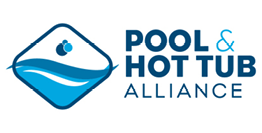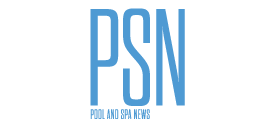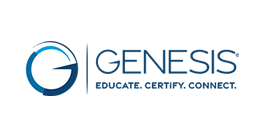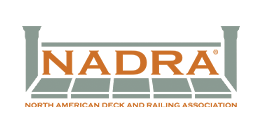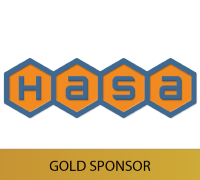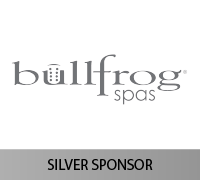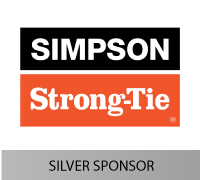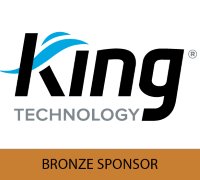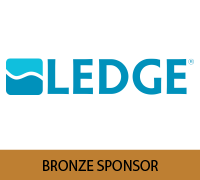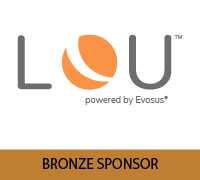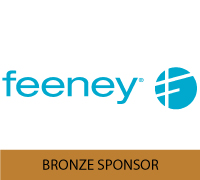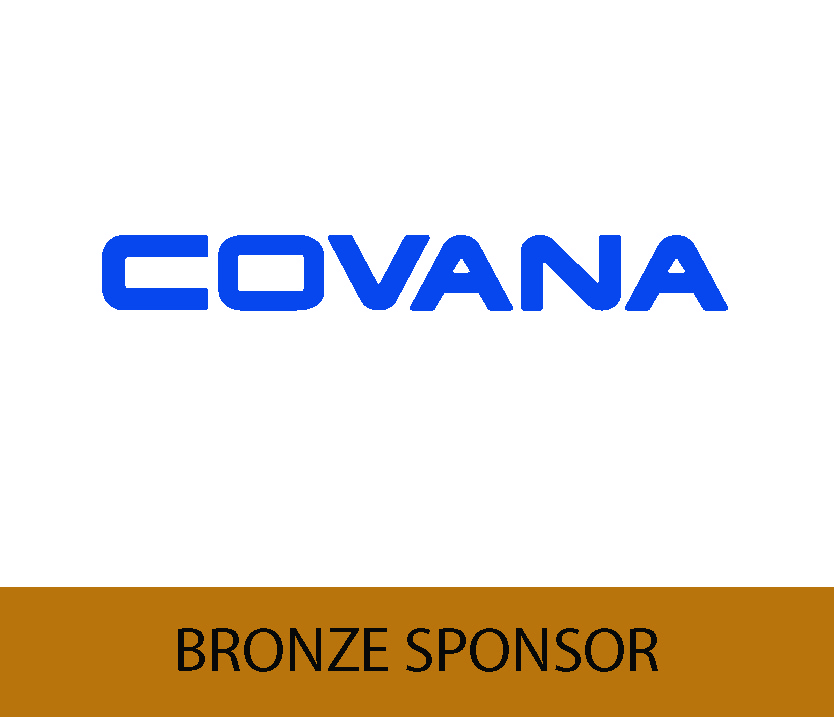By Dave Yoho, Dave Yoho Associates
The early months of 2020 were rife with uncertainty and panic for industry companies. At Dave Yoho Associates, a majority of our conversations ended with a business owner stating, “I don’t know how we’re going to survive this.”
But the industry did more than survive in 2020 — it thrived. The majority of our clients/customers ended the year ahead — or right at their annual revenue projection. The combination of vaccinations becoming available and a large percentage of prospects receptive to spending money on their home, means the outlook for this year is extremely positive.
However, five distinct challenges could have a detrimental effect on your profitability in 2021. It is imperative that you are not only aware of their impact, but develop action plans for overcoming them:
- Escalating marketing/lead costs. Every company should be operating with an understanding of their fully loaded marketing costs. If at the end of a month you took in ‘x’ dollar volume in new sales and your fully loaded marketing costs were 15% of that figure, you divide the total number of leads you issued in that period to determine the actual cost per issued lead (the national industry average runs anywhere from a low of $200 to a high of $600 per lead issued). The next step is to multiply the number of leads issued to the individual salesperson by your issued lead cost.
If you have not developed or reworked your marketing plan for 2021, it is imperative that you do so. Your goal should be to keep your marketing expenses below 10% of revenue. One of the best ways to accomplish this is to develop a system where salespeople are required to self-generate leads and seek referrals from recent sales.
- Challenges hiring salespeople. This can be broken into two parts: First, many companies are having difficulty finding qualified salespeople. Second, there are the concerns of mis-hires and turnover. Regarding finding salespeople, it is critical that you think outside the box. Look for individuals with little to no experience in sales that have held other roles in the industry. These hires frequently are successful due to a lack of “bad habits” that experienced industry salespeople may have developed over the years. However, a strong trainer/training process is imperative to success.
For companies that have a significant amount of mis-hires and/or turnover, frequently, too much emphasis is placed on the resume, phone interview, and one-on-one interview. Yes, these are all critical elements of the hiring process, but the use of hiring assessments greatly increases your odds of finding the “right fit” because they uncover issues that aren’t easily identifiable. The DISC Profile is the most effective of these tools and has a proven 85-90% accuracy rate in determining whether a prospective hire is the right fit.
- A lack of qualified installers. A major challenge is that many individuals might not wish to pursue skilled labor jobs because they don’t have the same allure as high-tech industries. A recent HomeAdvisor study reveals the negative perception that many young people have of both the style of work and the industry. Further, many subcontractors do not feel compelled to help train others and do not feel concern over their company’s inability to hire — and why should they, when they haven’t been made a part of the process or incentivized to do so?
Expand your reach when looking for new hires. Recruit up to 50 miles in distance when looking. Offer incentives for those who stick with you for two or more years. Segment your work force and reward them for increased productivity. Most companies are fairly adept at thinking outside the box when hiring salespeople — now extend this to your skilled labor force.
- Increase of backlog and cycle time. One of our clients who experienced record-setting revenue in 2020 saw their average cycle time increase from 35 to 90 days. This was a common refrain in our discussions with business owners last year. An increase in backlog reduces cash flow and creates customer dissatisfaction, which encourages cancellation.
Start with a resolution: Modify your existing budget to reflect increased cycle time. Along with this, make some minor changes to your “selling price” in order to compensate for the cost increase. Finally, modify your thinking. Backlog is not necessarily a bad thing. Successful sales organizations have to protect their crews by making sure they have a sufficient amount of backlog so as not to lose them to competition.
- No systematic “revisit” process in place. One of the biggest opportunities right now is to develop (or revamp) your revisit program. While there are some companies doing this successfully, many have not tried it before, and in our experience, a structured revisit process can yield immediate results.
Evaluate or develop your scripting for follow-up with these prospects. Scripting often depends on the product or service; however, for the most part, additional price drops or offering an optional lower priced product is not an ideal strategy. A revisit program supports your sales department. It helps management train, retain and redirect salespeople while increasing their sales.
Additionally, there are several companies that can assist you in “re-warming” unsold leads. Many develop specialized methods, which improve the qualification process, and also reduce “one-leggers”.
With proper planning and execution, revisited leads can represent 7% to 10% of your gross revenue in 2021.The key to success in 2021 for industry companies will depend upon focusing on net profitability as opposed to annual revenue. If you sharpen up your processes in the above areas, you will stay ahead of your competition.





